The Evolution Of American Sports Mascots Over The Decades
From fuzzy creatures to larger-than-life heroes, American sports mascots have captivated fans for generations. These colorful characters not only entertain the crowd but also represent the spirit of their teams.
Over the decades, mascots have evolved from simple symbols to complex personas, reflecting changes in society and technology. Whether they’re rallying the crowd or engaging in hilarious antics, mascots have become an indispensable part of the sports experience.
The Early Days: Mascots in the 1920s and 1930s
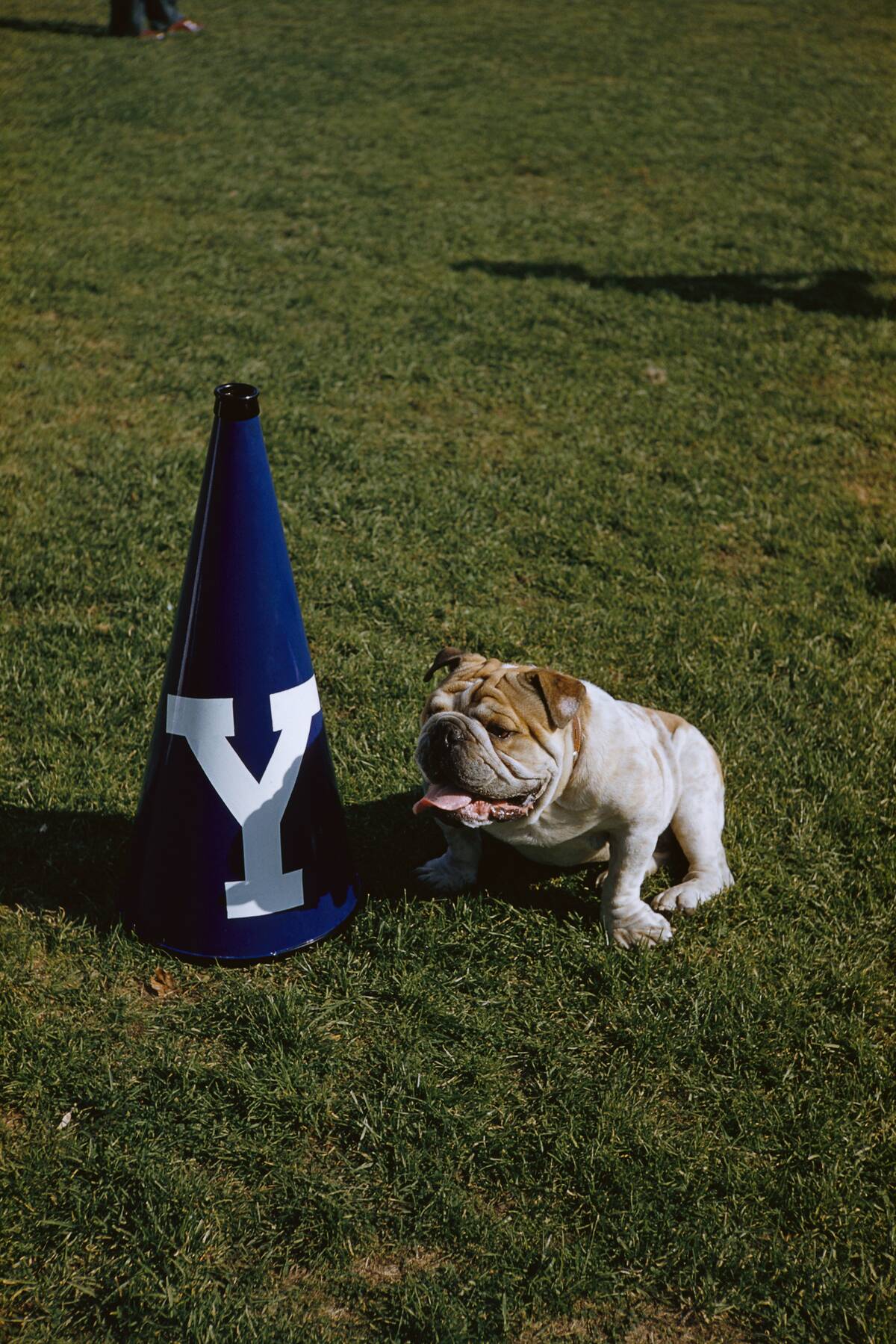
The concept of mascots in sports began to take shape in the 1920s and 1930s, with many teams adopting live animals as their good luck charms. For example, Yale University had Handsome Dan, a bulldog, as its mascot since 1889.
These early mascots were mostly a reflection of the team’s nickname or local culture. As the tradition grew, mascots started to become more than just symbols; they were becoming personalities in their own right.
Swinging into the 60s: Cultural Shifts in Mascot Design
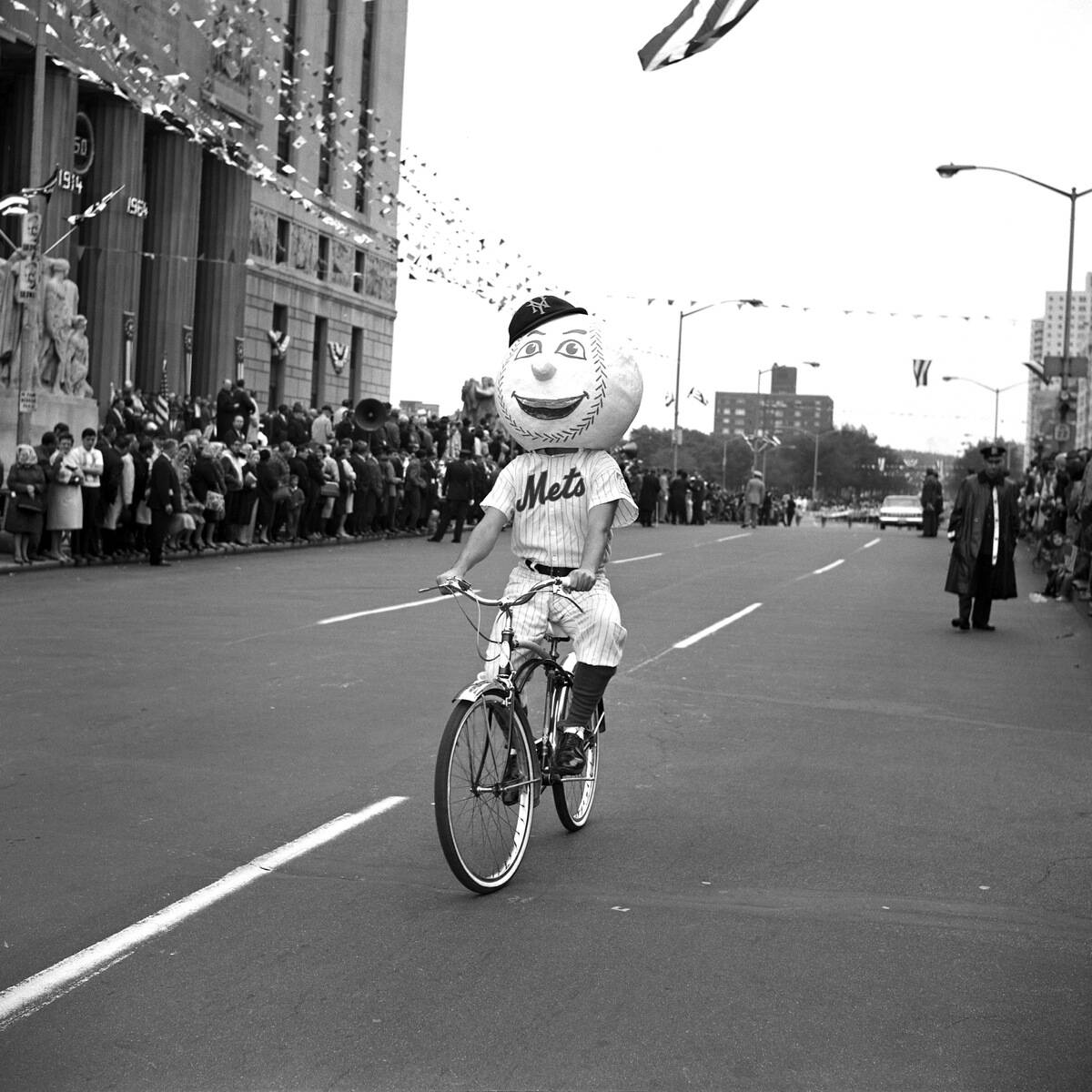
The 1960s brought a wave of cultural change that influenced all aspects of life, including sports mascots. As society embraced new ideas and styles, mascots began to reflect this shift with creative designs and colorful characters.
The New York Mets introduced Mr. Met in 1964, becoming one of the first mascots to have a human-like appearance. This period was marked by experimentation and innovation, as teams sought to connect with an increasingly diverse audience.
The Groovy 70s: Rise of the Furry Friends
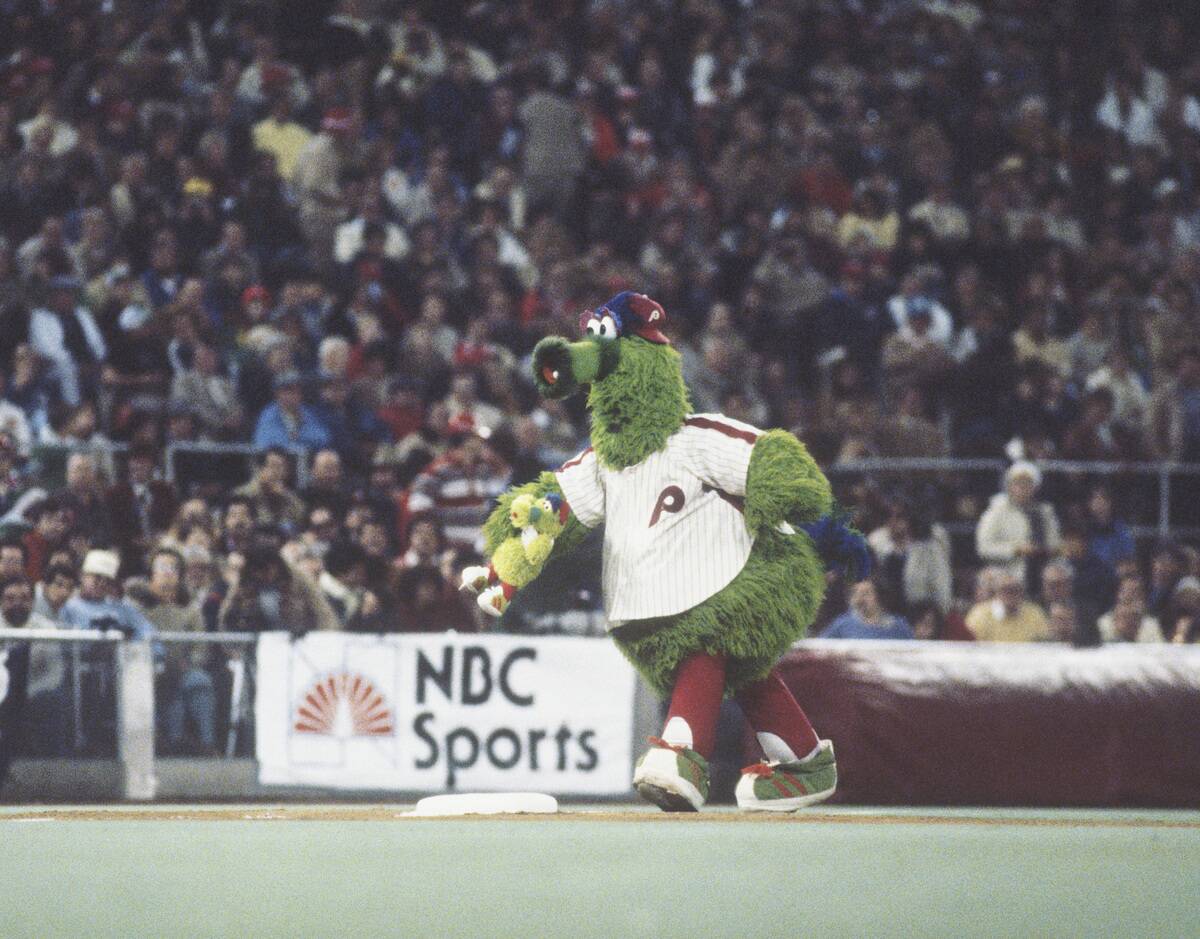
The 1970s were a groovy time for mascots, with the rise of furry and friendly characters that became beloved team symbols. The Philly Phanatic, introduced in 1978, is a prime example of this trend.
Known for its playful pranks and vibrant appearance, the Phanatic quickly became a cherished figure in Philadelphia sports. This era emphasized fun and entertainment, as mascots evolved into larger, more dynamic figures that could engage with fans in exciting new ways.
The Radical 80s: Mascots Go Mainstream
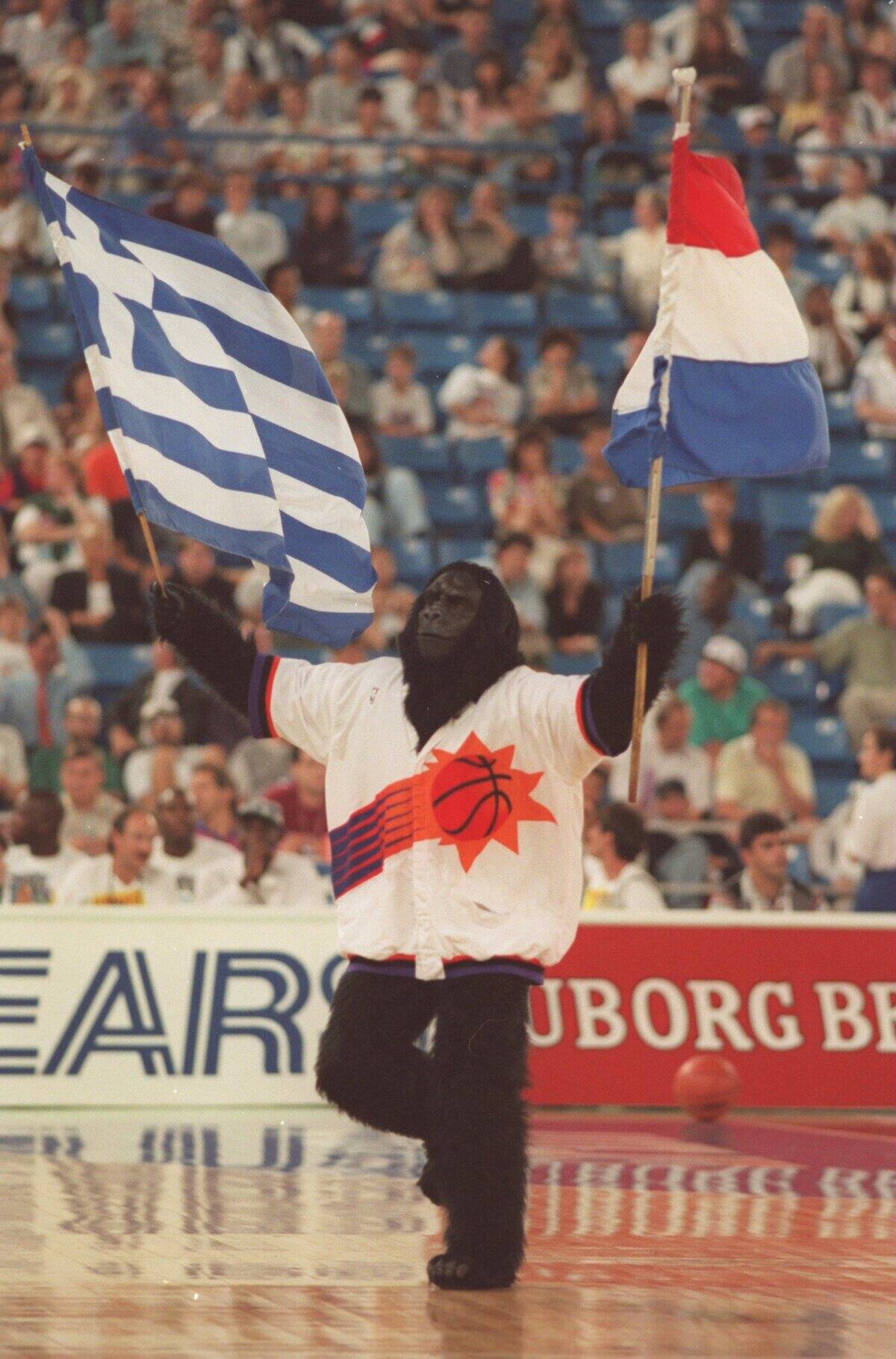
The 1980s saw mascots stepping into the mainstream, becoming stars in their own right. With the advent of cable television and increased media coverage, mascots like the San Diego Chicken and the Phoenix Suns’ Gorilla gained nationwide fame.
The 80s cemented the mascot’s role as a central figure in sports culture, blending entertainment with athletic passion.
Y2K and the New Millennium: Modern Mascot Makeovers
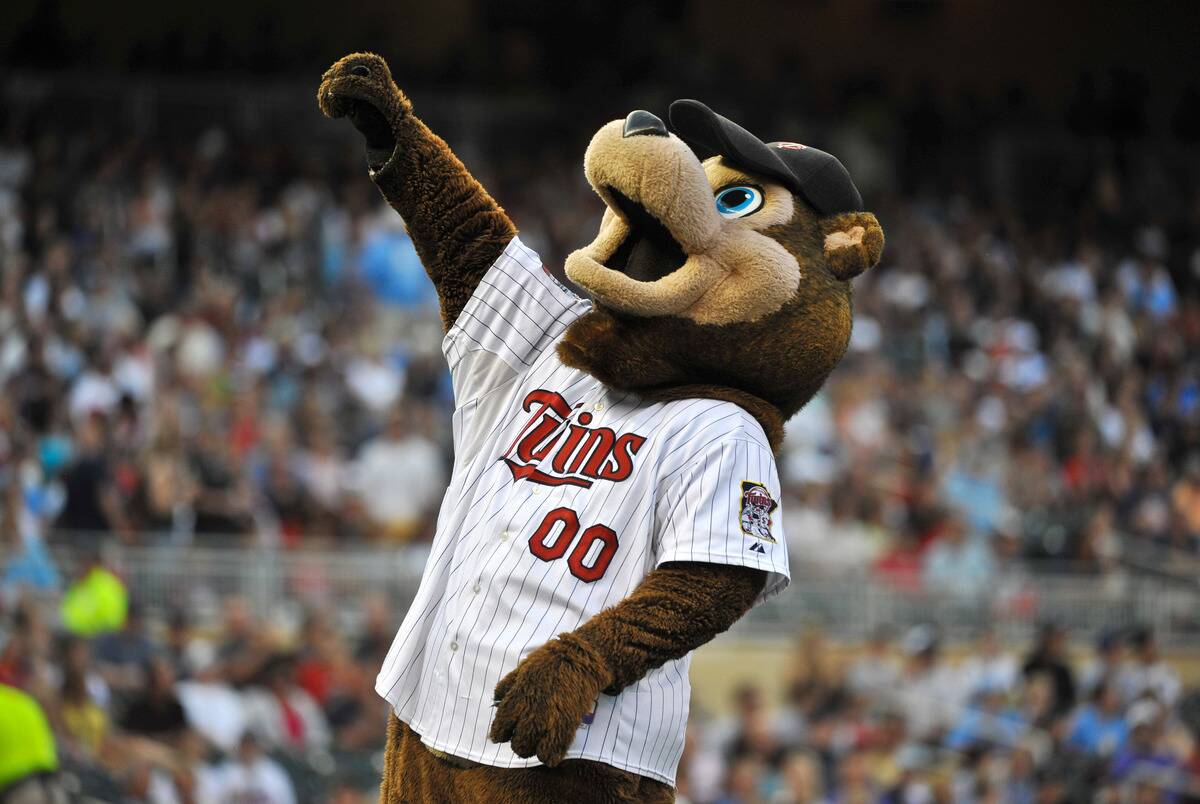
The new millennium brought with it a wave of modern makeovers for mascots, reflecting contemporary trends and sensibilities. Teams began redesigning their mascots to appeal to a younger audience.
This was particularly true with the introduction of the Minnesota Twins mascot T.C. Bear, who was introduced in 2000 after a long period without one for the team. That was the same year the Arizona Diamondbacks introduced D. Baxter the Bobcat, the Houston Astros temporarily replaced Orbit with a rabbit named Jumpin’ Jack, and the Angels introduced their famous Rally Monkey.
Mascots and Pop Culture: Influences and Inspirations
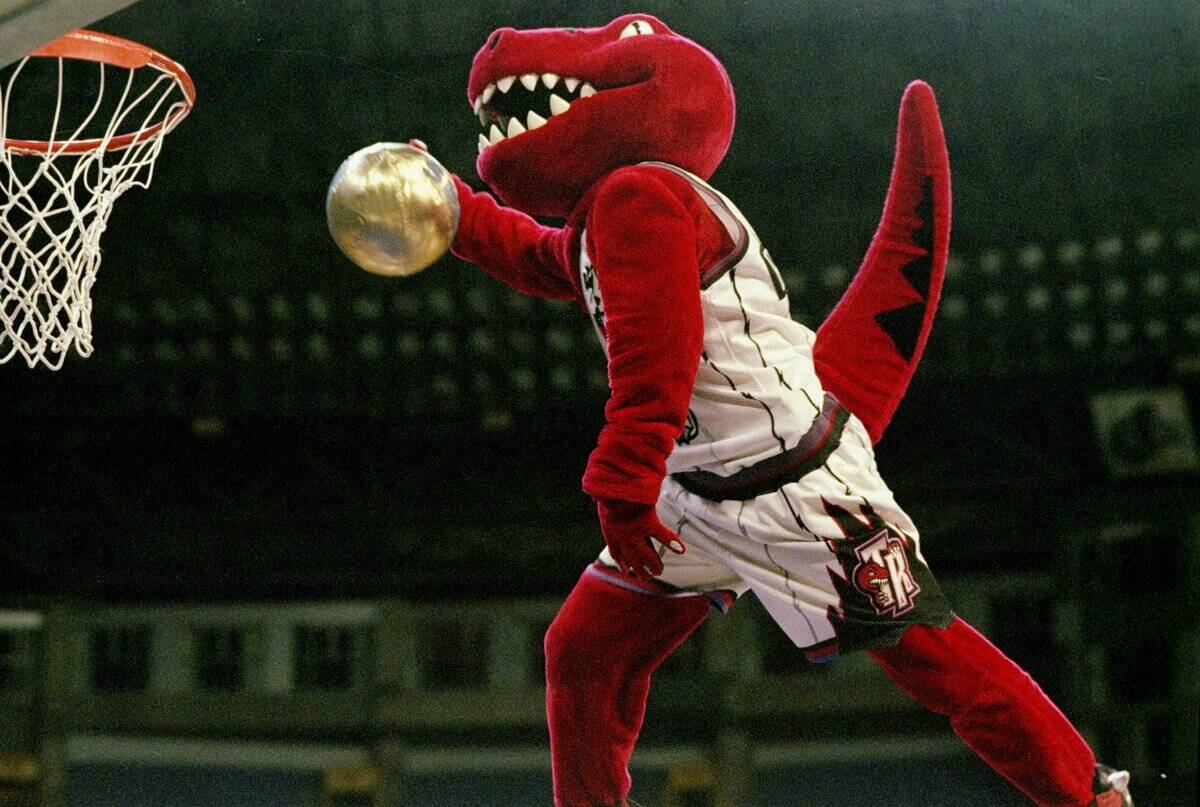
Mascots have always drawn inspiration from pop culture, and this relationship has only grown stronger over time. From characters inspired by movies and TV shows to those that become cultural icons themselves, the crossover is significant.
The Toronto Raptors’ name and mascot, introduced in 1995, capitalized on the popularity of dinosaurs, spurred by the Jurassic Park film. This interplay between mascots and pop culture keeps them relevant and engaging in the ever-evolving entertainment landscape.
College Mascots: Tradition and Rivalries
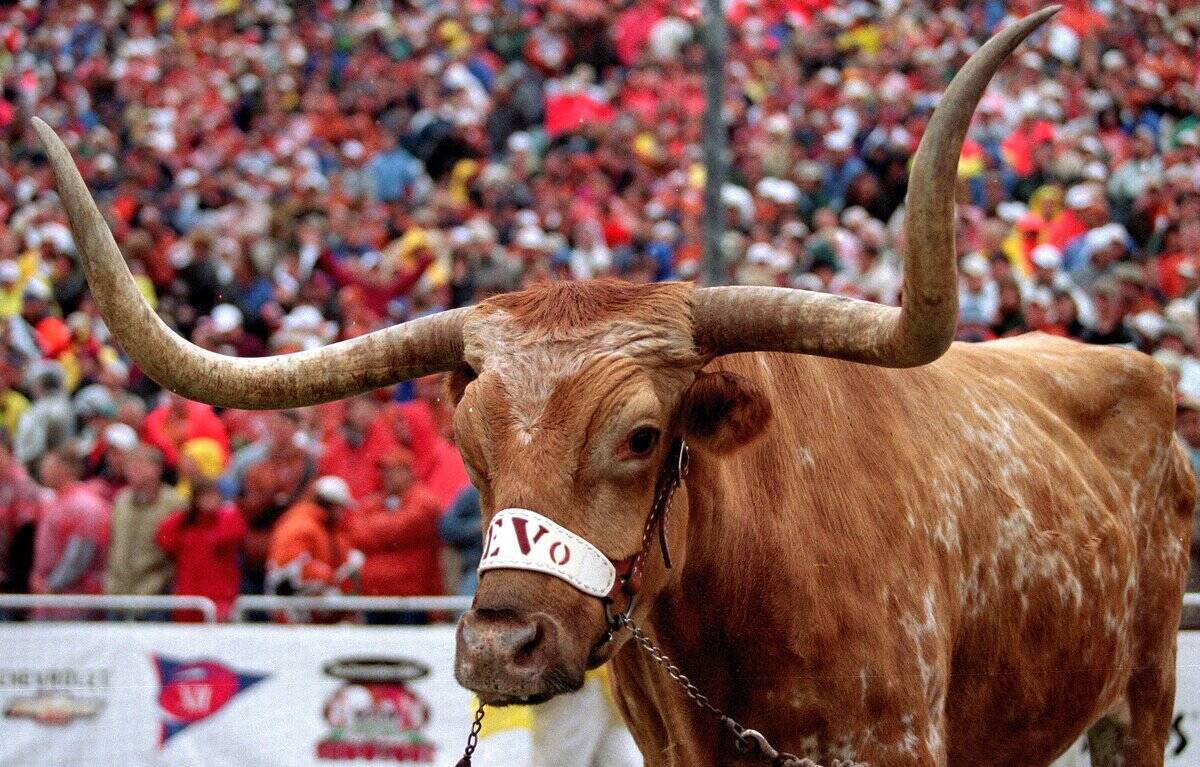
College mascots are steeped in tradition, often serving as pillars of school spirit and symbols of rivalries. The University of Texas’ Bevo, a longhorn steer, has been part of the school’s identity since 1916, representing the pride of the Longhorns.
These mascots are not just performers; they are integral to the college experience, embodying the history and rivalries that make college sports so thrilling and unique.
Professional Sports Mascots: Branding and Business
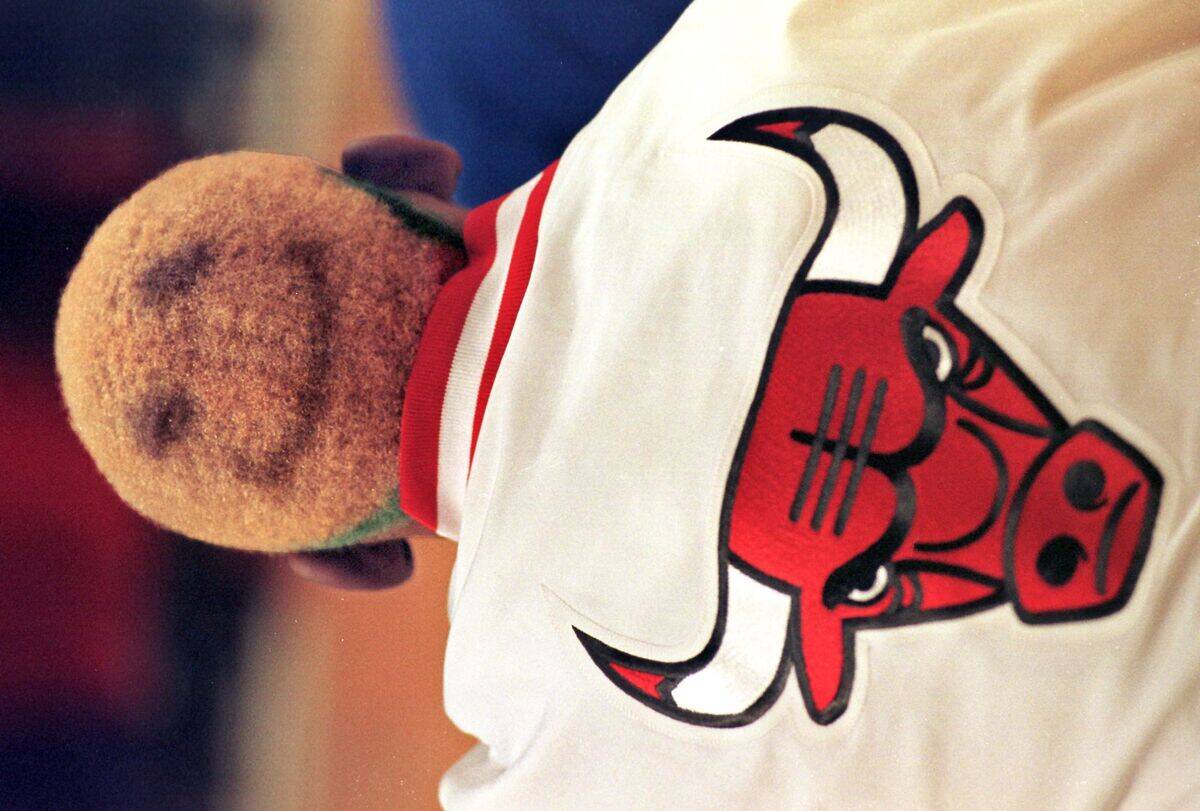
In the professional sports world, mascots are more than just fun characters; they are key elements of branding and business strategy. Teams like the Chicago Bulls have leveraged their mascot, Benny the Bull, to engage fans and enhance the game-day experience.
These mascots are often involved in community events and marketing campaigns, serving as the face of their organizations and helping to build a loyal fan base.
The Role of Mascots in Community Engagement
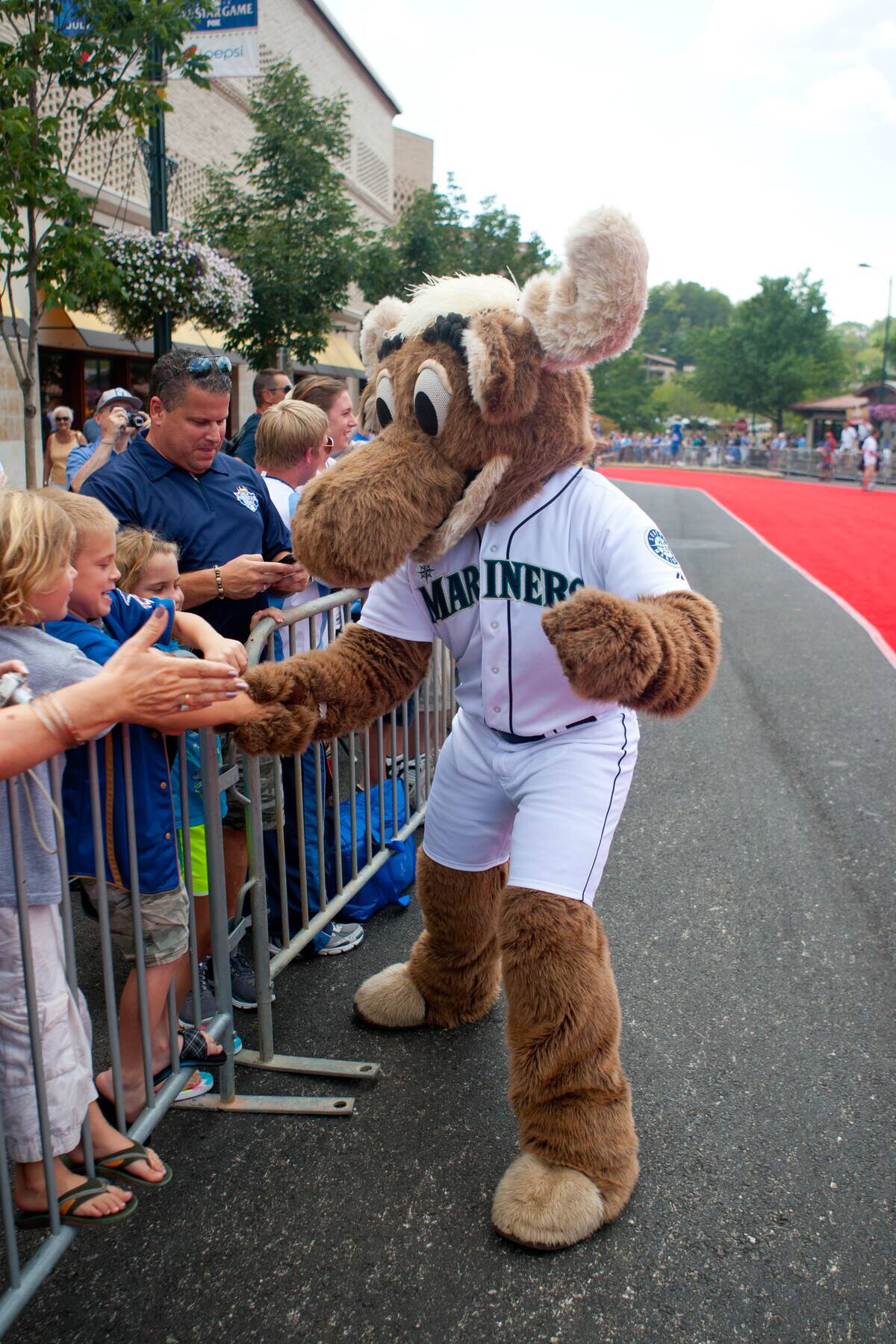
Mascots play a vital role in community engagement, often participating in charity events, school visits, and local celebrations. They serve as ambassadors for their teams, spreading goodwill and creating lasting connections with fans.
The Seattle Mariners’ Moose, for example, is frequently seen at community events, bringing joy and smiles to fans of all ages. This interaction fosters a sense of community and loyalty, strengthening the bond between teams and their supporters.
Mascot Mascots in Media: TV Shows and Movies
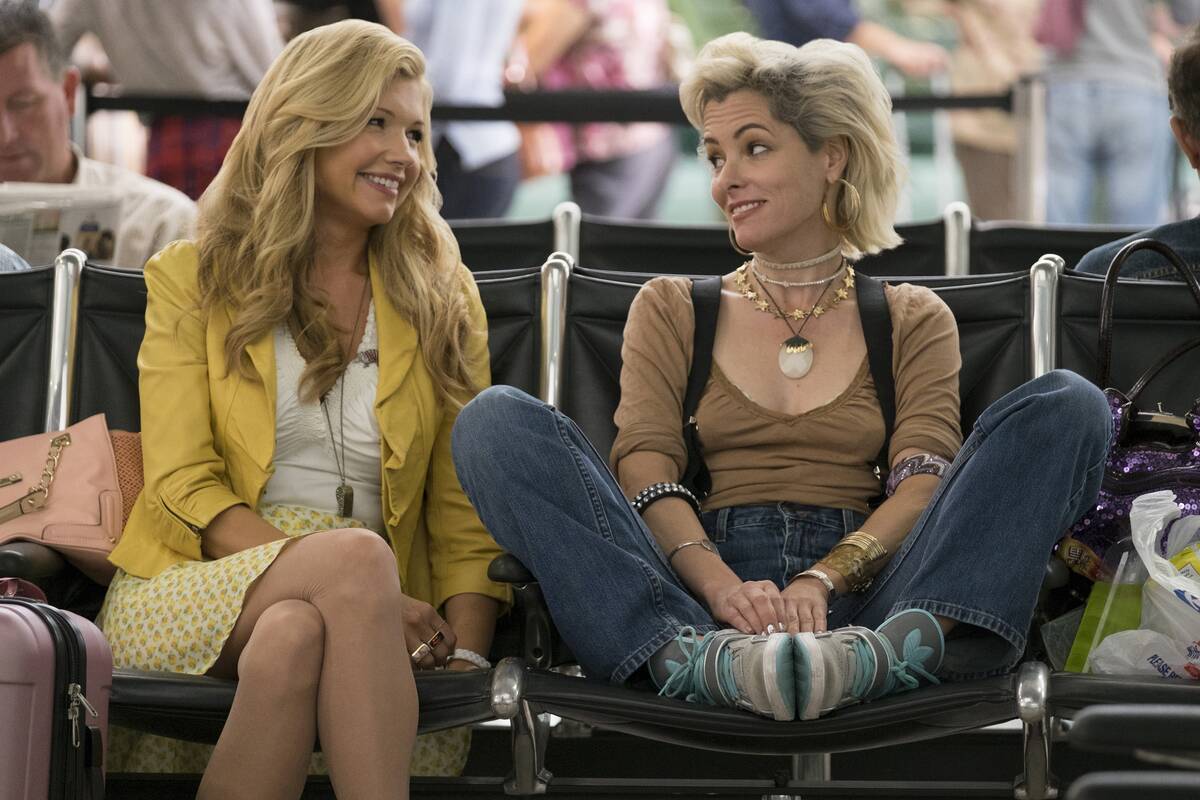
Mascots have found their way into TV shows and movies, further cementing their place in popular culture. Characters like the Phillie Phanatic have appeared in various media, showcasing their appeal beyond the sports arena, including parody versions like the Capital City Goofball from The Simpsons.
The 2016 Netflix comedy Mascots highlighted the behind-the-scenes lives of these beloved characters, offering a humorous take on their roles. This media presence amplifies the reach and impact of mascots, keeping them in the public eye.
The Challenges of Being a Mascot Performer
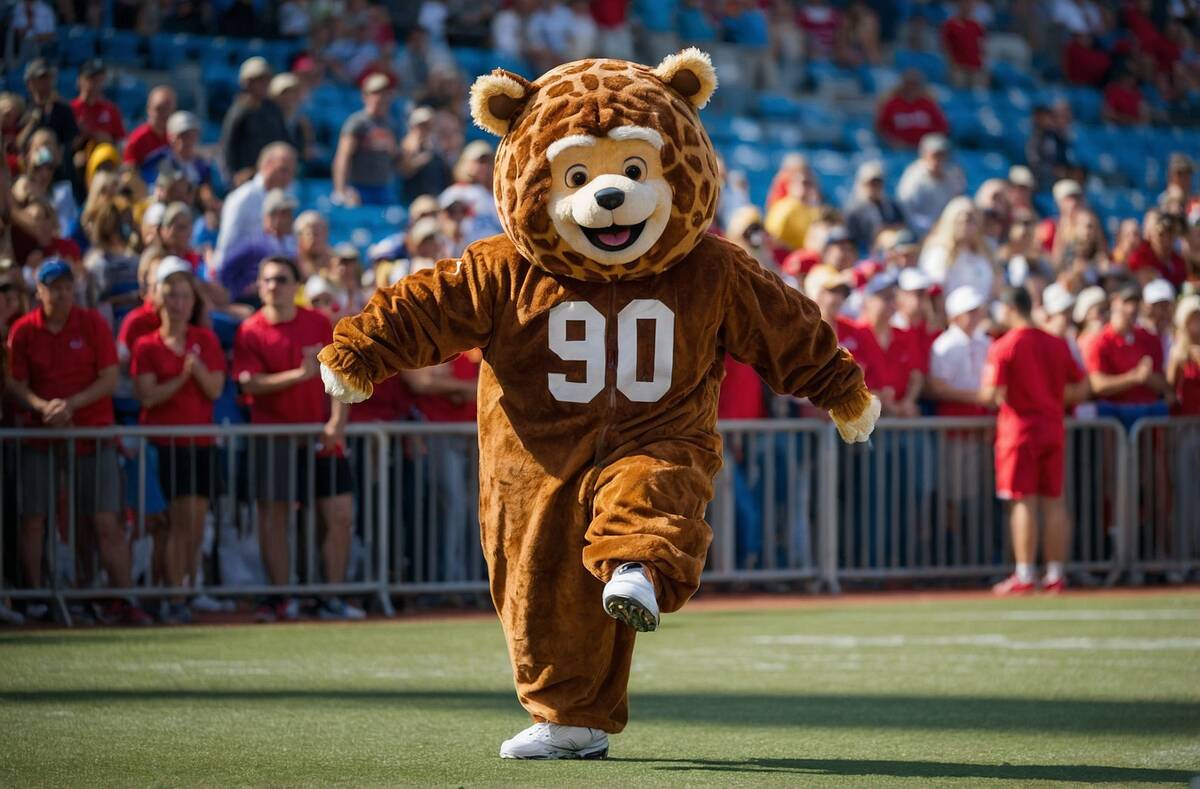
Being a mascot performer is no easy task; it requires physical stamina, creativity, and a knack for entertainment. Performers often endure extreme temperatures inside their costumes while maintaining high energy levels to engage with fans.
The job’s demands can be physically taxing, but the joy and laughter mascots bring to audiences make it a rewarding experience. These performers are the unsung heroes of the sports world, bringing characters to life and creating unforgettable memories.
Mascots and Social Media: Building Online Personalities
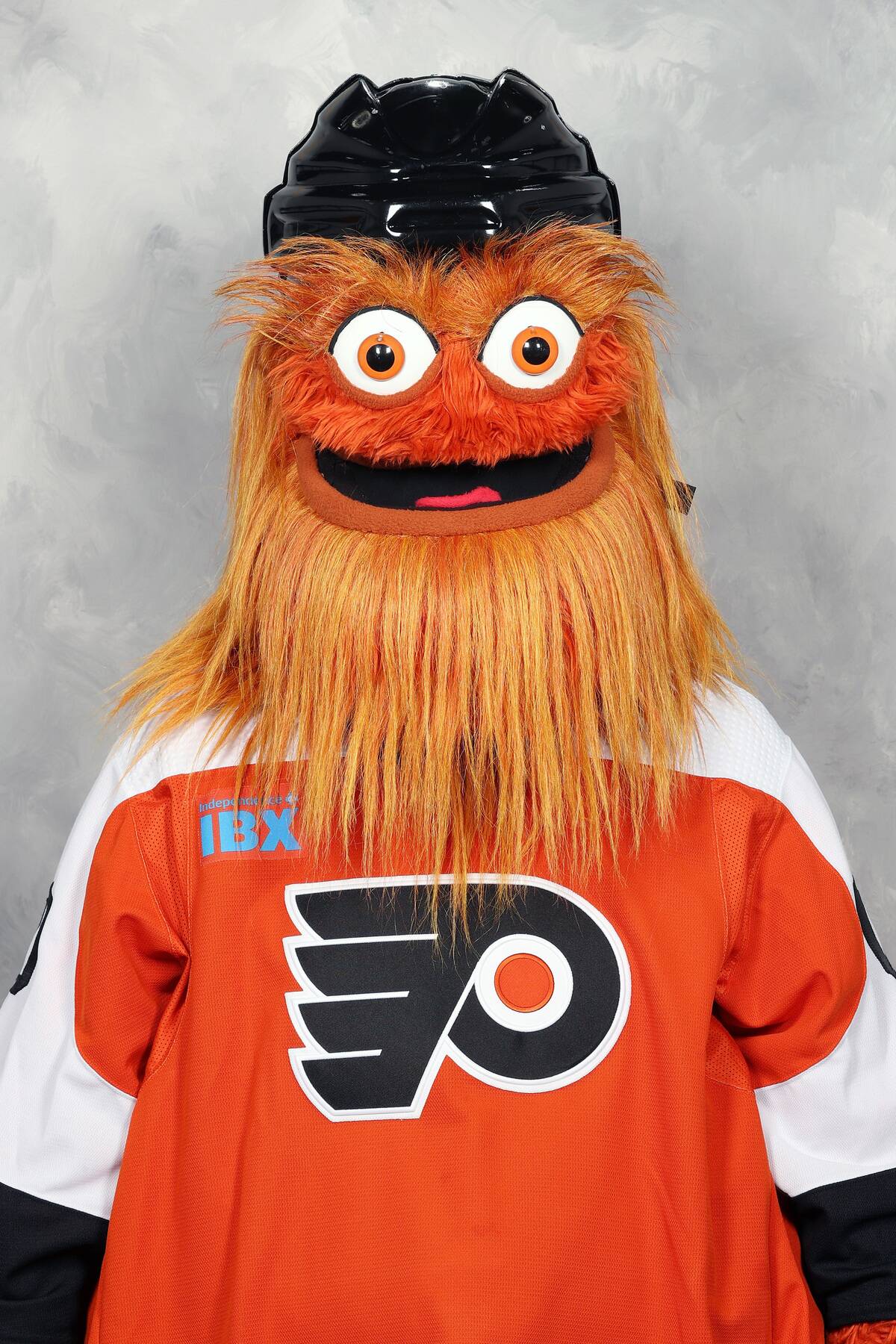
In the era of social media, mascots have taken on new roles as online personalities. Platforms like Twitter and Instagram allow mascots to interact with fans beyond the stadium, sharing behind-the-scenes moments and engaging in playful banter. The Philadelphia Flyers’ Gritty is a prime example of a mascot that has leveraged social media to become a viral sensation, using humor and creativity to build a loyal following online.
Controversies and Debates: When Mascots Go Too Far
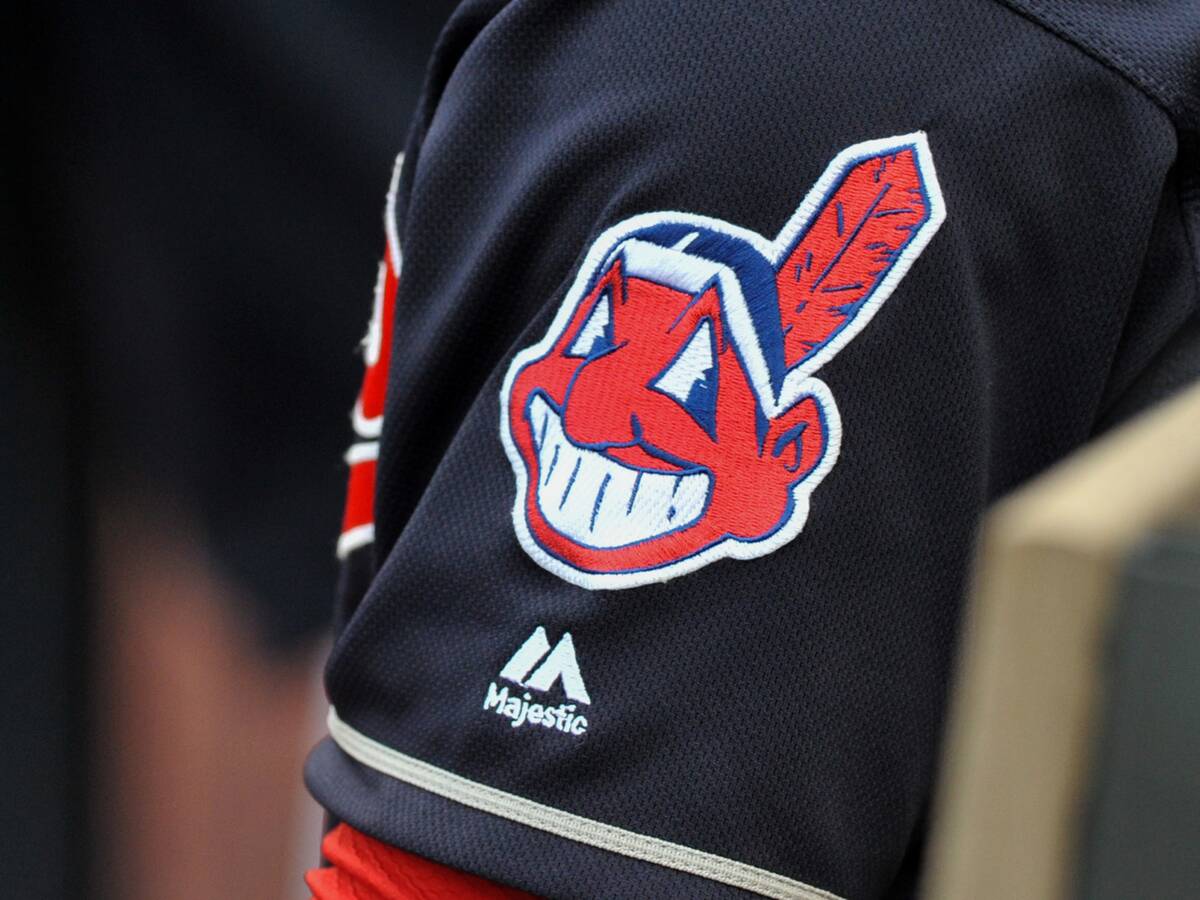
While mascots are generally beloved, they have not been immune to controversy. Debates often arise over mascots that may be deemed offensive or culturally insensitive. Teams like the Washington Football Team have faced pressure to change mascots and names that are out of step with modern values.
These controversies highlight the importance of sensitivity and awareness in mascot design, prompting teams to reevaluate their choices and make changes that reflect current societal standards.



